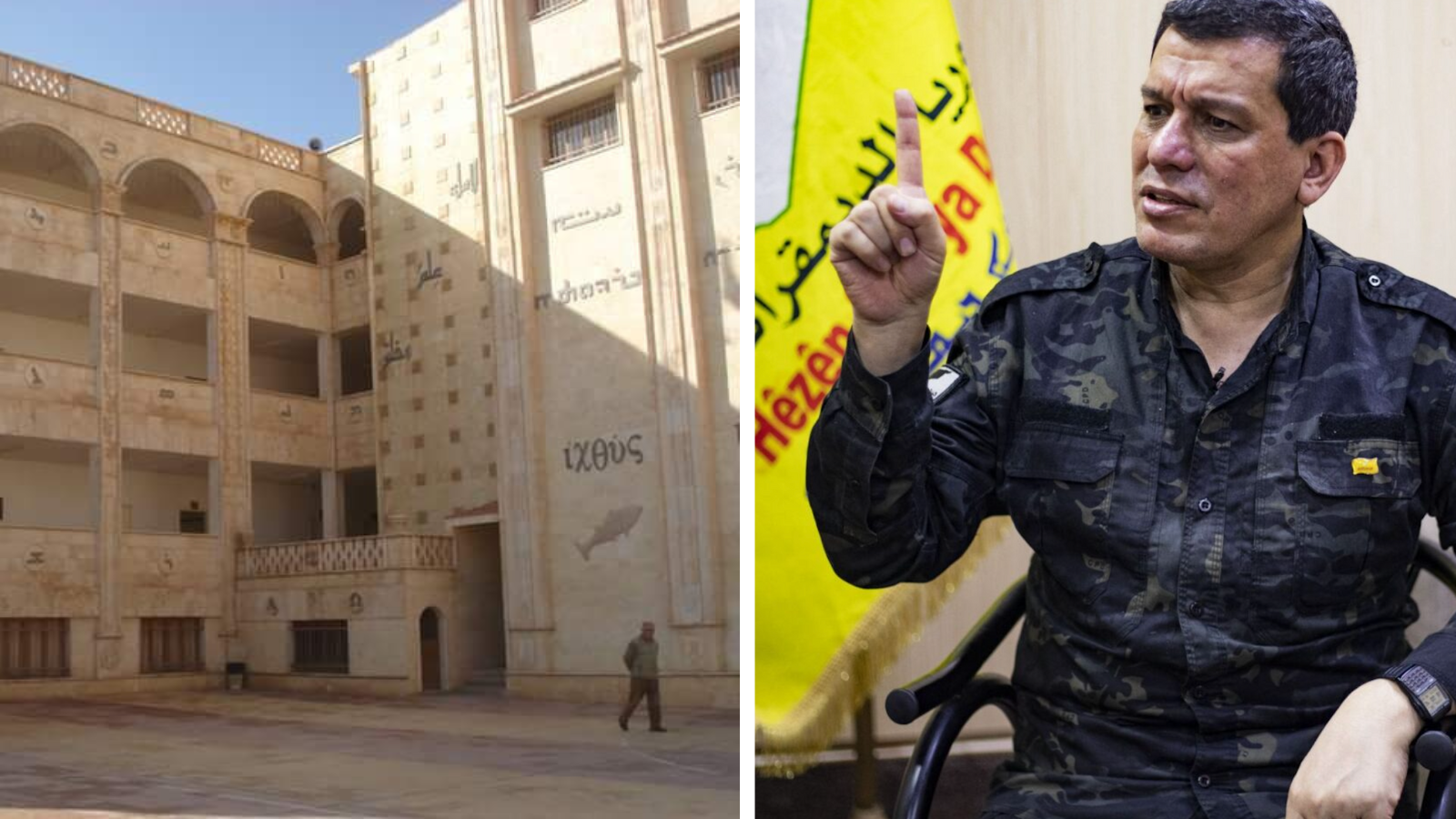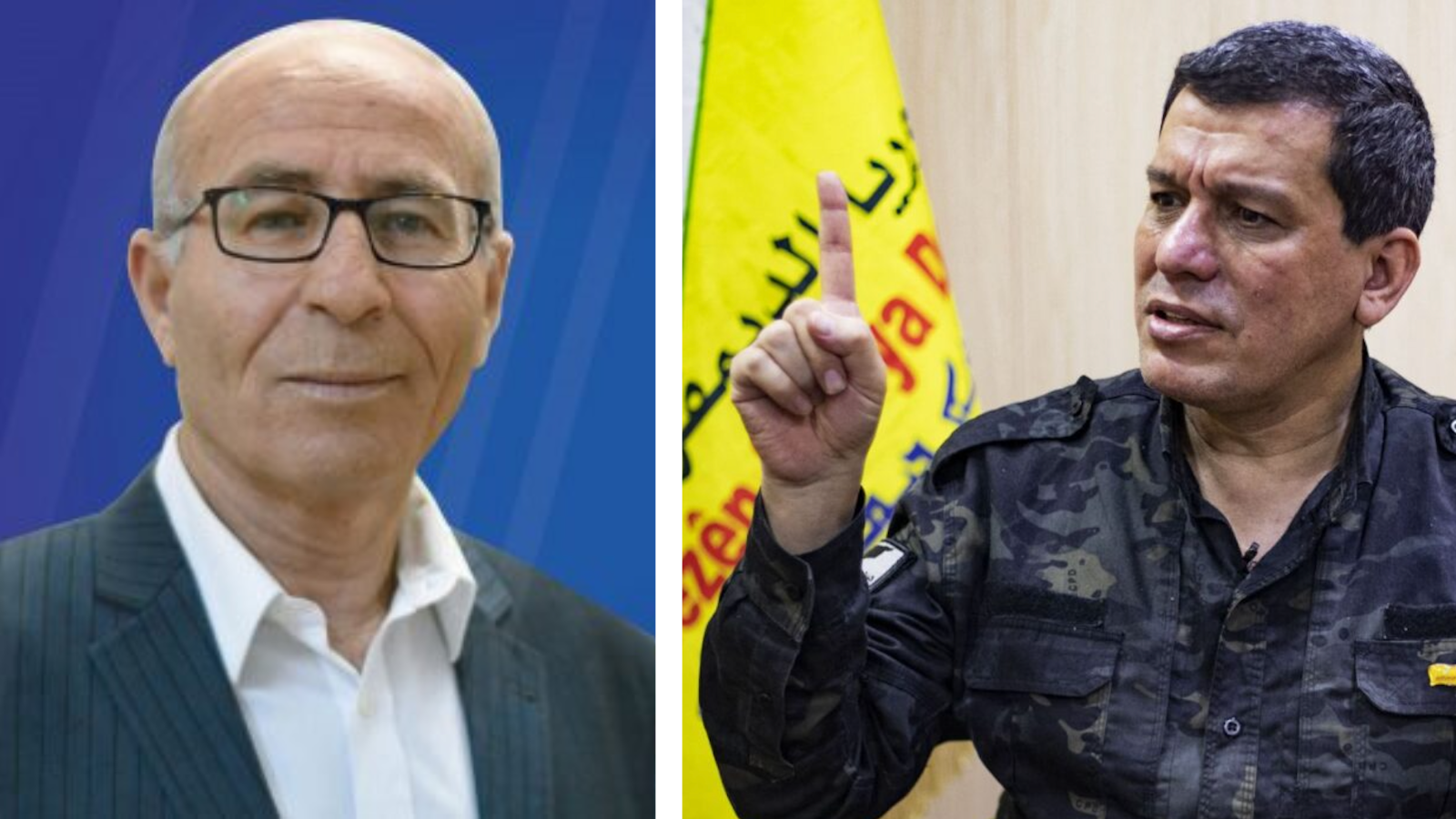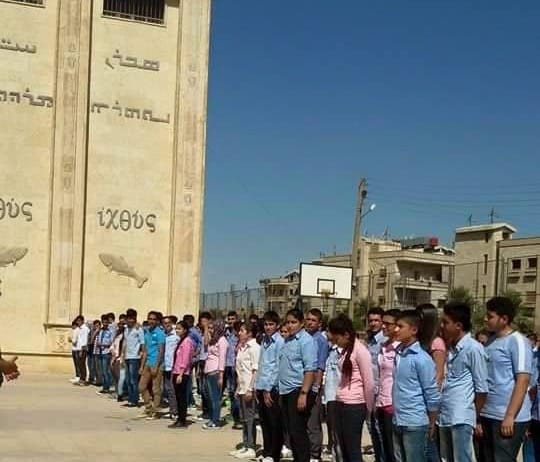The Assyrian Democratic Organization (ADO), the main representative body of the Assyrians in the Gozarto Region, announced in a statement on November 2 that the self-proclaimed Kurdish administration has been forced to withdraw its demand to impose its own curriculum on private schools belonging to the indigenous Assyrian population, and those of other groups.
This development marks the second failed attempt by the Kurdish entity to enforce their curriculum on Assyrian schools, following a similar episode in 2018 that led to widespread and, in some cases, violent protests. The Kurdish PYD (Democratic Union Party) and its military wing, the YPG, gradually took control of the Gozarto (Jazira) Region beginning in mid 2012, during the early years of the Syrian civil war.

In its statement, the Assyrian Democratic Organization confirmed that an agreement was reached between the Council of Churches in the Gozarto Region and the Kurdish entity. The ADO said that “students will return to their schools starting tomorrow, Monday (November 3), and that the schools will continue to adopt the curriculum of the Syrian Ministry of Education.” The agreement ensures that the private schools will keep teaching the national curriculum during the 2025–2026 academic year.
The ADO hailed this outcome as a result of steadfast resistance and called for “further cooperation” between the Council of Churches and the national Assyrian parties and institutions.

According to local sources in Qamishli who spoke with the Post, representatives of the church foundations had threatened to issue a statement announcing not only the closure of the schools but also of all churches across the region if the Kurdish entity persisted in enforcing its curriculum. Upon being informed of the firm stance taken by both political and church leaders, Mazlum Abdi, head of the Kurdish group, reportedly ordered a reversal of the previous decision.

The Assyrian schools in the region date back to the 1930s, long before the creation of the Syrian state by British and French colonial powers. Together with several Armenian schools and others belonging to various Christian denominations, the total number of private schools affected by the recent kurdification attempts stands at around forty.
The broader picture: a setback for the Kurdish project
The reopening of the schools follows weeks of pressure and disinformation campaigns by the Kurdish administration and its proxy group, the Syriac Union Party (SUP). The SUP is a marginal organization created and tightly controlled by the PYD to undermine the role of independent Assyrian bodies, primarily the Assyrian Democratic Organization, by attempting to present itself as the legitimate representative of the indigenous Assyrian population. This tactic of creating parallel entities to weaken genuine Assyrian institutions has long been used by the Barzani-led KDP party in northern Iraq.

In the end, the Kurdish entity failed to advance its kurdification agenda and was forced to retreat. The solidarity and cohesion of Assyrian political and religious organizations, along with other community groups, proved stronger than the intimidation, pressure, and propaganda efforts carried out by the PYD and the Syriac Union Party and its affiliated news outlets like Syriac Press.
The retreat demonstrates that the Kurdish militia controlling the Gozarto Region fears a backlash from the indigenous population and, above all, fears damaging its fabricated image of “peaceful coexistence”, an image it has heavily promoted to western audiences to justify its continued control of the area and to maintain US support.










